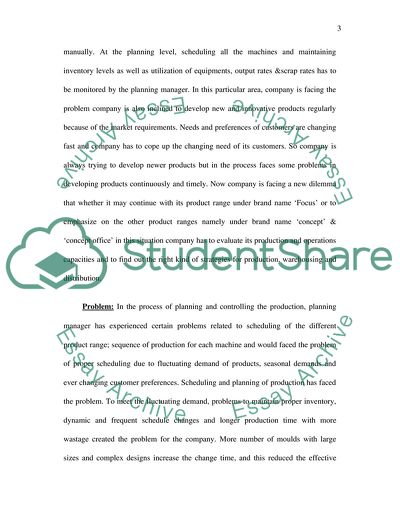Cite this document
(“Focus Plastics Plc - Producer of Moulded Plastic Essay”, n.d.)
Retrieved from https://studentshare.org/marketing/1546281-case-study-focus-plastic
Retrieved from https://studentshare.org/marketing/1546281-case-study-focus-plastic
(Focus Plastics Plc - Producer of Moulded Plastic Essay)
https://studentshare.org/marketing/1546281-case-study-focus-plastic.
https://studentshare.org/marketing/1546281-case-study-focus-plastic.
“Focus Plastics Plc - Producer of Moulded Plastic Essay”, n.d. https://studentshare.org/marketing/1546281-case-study-focus-plastic.


